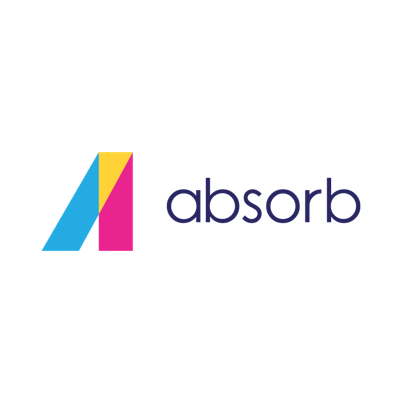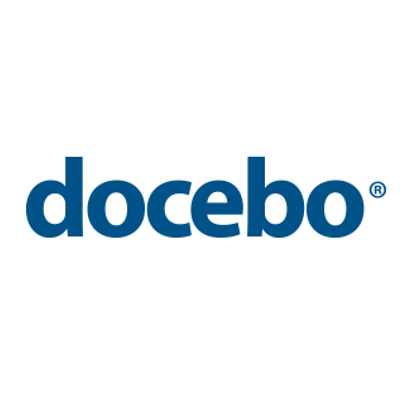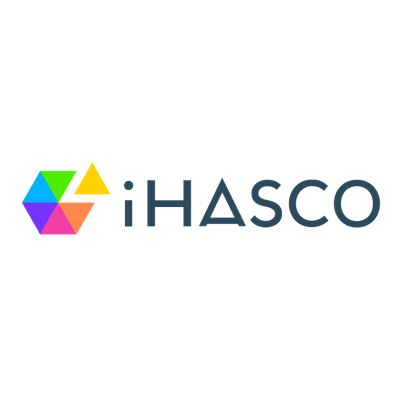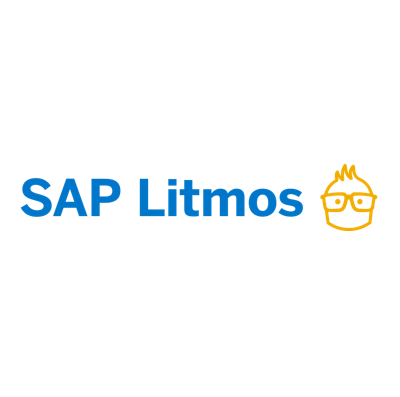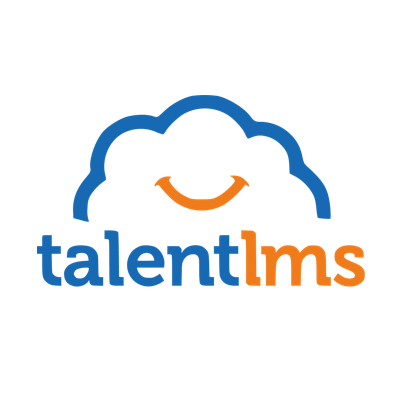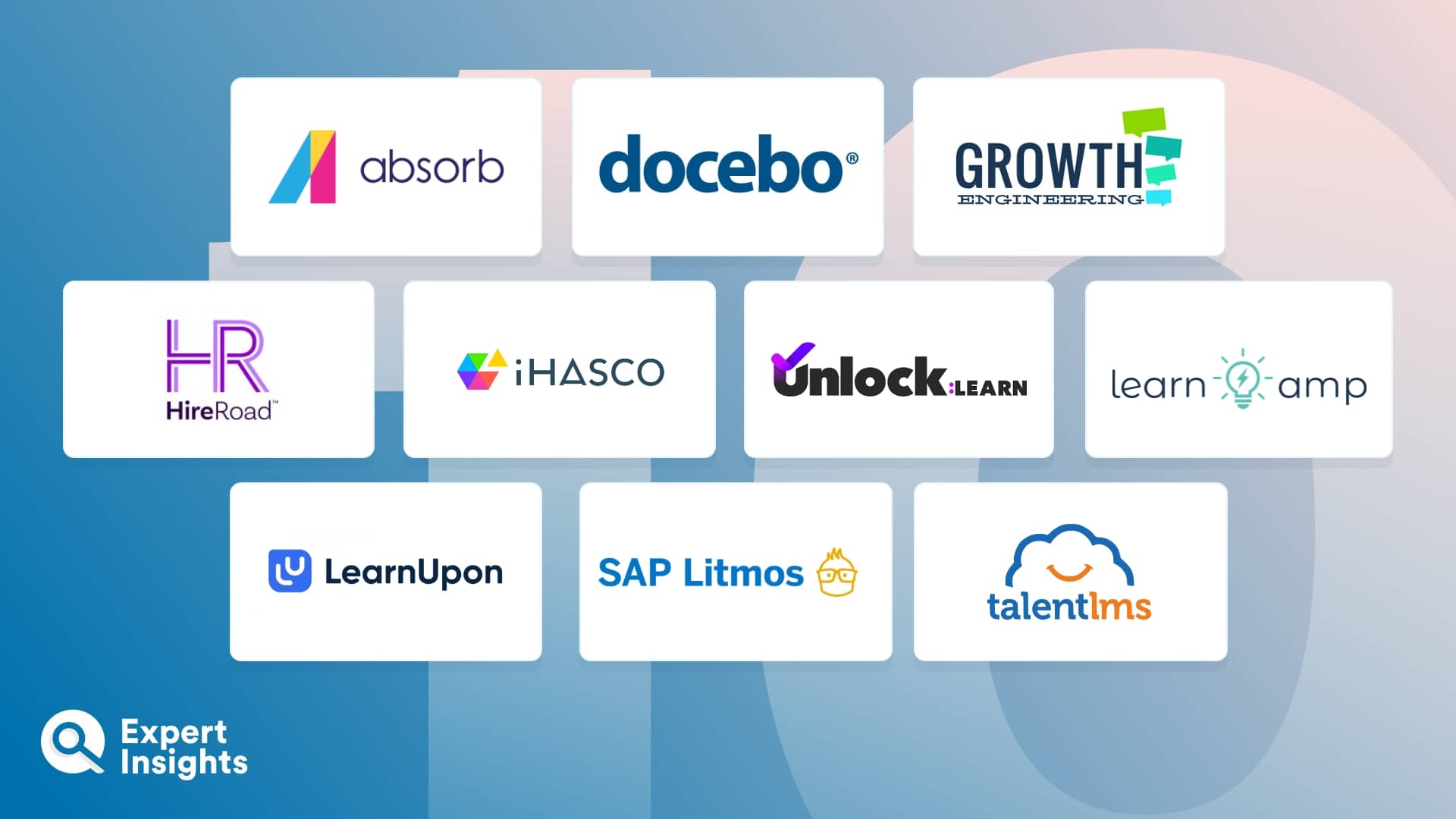Everything You Need To Know About Employee Learning Management Systems (FAQs)
What Is An Employee Learning Management System?
A learning management system, more commonly referred to as an LMS, is a type of software that helps businesses manage the delivery of virtual training content—from storing content, to creating courses, to delivering those courses to users and tracking their progress. A business will either use an LMS because they want to train their employees, or because they’re a training company delivering digital learning solutions to their customers.
Usually, an LMS designed for employee training will be managed by your company’s HR, IT, or security teams. LMSs enable these admins to organize training timelines, create and manage training courses, manage communication with their users, and track user progress. This in turn allows your business to deliver its learning objectives and meet its requirements for training delivery.
Why Do You Need An LMS For Training?
If you need to deliver virtual training to your employees, you need an LMS. But why should you deliver training virtually? Well, in today’s workplace, when employees are often hybrid or even fully remote, it can be difficult to organize in-person training sessions. So, virtual training and “blended” learning—a combination of in-person and online training—are becoming increasingly popular.
Virtual training is incredibly flexible; it can be delivered at any time and from anywhere. This reduces the cost hiring a trainer to come to your office to deliver the session, it ensures that all users receive a consistent training experience that won’t be affected by illness, availability, or any other contextual factors; and it means your users can complete training whenever it works around their schedule, rather than having to worry about blocking out a few hours or even a whole day for a training session.
An LMS provides you with a single platform from which you can create, schedule, and deliver training courses, then monitor employee progress and analyze the effectiveness of the training.
There are three main use cases for virtual employee training that would require you to use an LMS:
- Certification and upskilling – you want to train your employees on new skills so that they can progress in their careers
- Security awareness training – you want to train your employees on how to identify and correctly respond to cyberthreats such as phishing, so that they can help defend your business against real threats
- Regulatory compliance – you need to deliver training on certain topics in order to comply meet compliance standards, and you need to be able to prove that your employees have completed that training
LMS Use Cases
There are a number of different use cases for learning management systems, including the following:
- Regulatory compliance. This is one of the most common reasons why organizations deliver training: to meet compliance standards, such as GDPR or HIPAA. Training for compliance is usually delivered by businesses to their employees, initially when an employee first joins the organization and then annually. It covers topics such as health and safety, diversity in the workplace, and data security. If you’re delivering training for compliance, you need to make sure that your users are completing their training and be able to prove it.
- Certification and upskilling. Whether you’re delivering a course in project management, content writing, or sales techniques, you need to make sure that everyone investing in your training is able to access your content, and that they’re all staying on track as the course progresses.
- Security awareness. This one could be because your compliance standards require you to implement it, or it could be because your organization is actively experiencing cyber attacks such as phishing emails. Security awareness training helps your employees to identify and respond to threats, but you may want to integrate that content into your existing training library. When it comes to security awareness training, you need to be able to check which of your users have completed it, and which areas they need to improve in to be able to defend your company against real-life threats.
To answer the question as to whether you need an LMS, I’ll first ask you another question: do you need to deliver any sort of virtual training? If the answer to that is “yes”, then yes, you need an LMS.
What Key LMS Features Should You Look For?
There are a lot of different types of LMS that are designed to fit different use cases. For example, some are tailored to hosting employee training content; others help universities to deliver virtual classes and set digital assignments. However, no matter what industry you’re working in or who you’re delivering learning materials to, there are some key LMS features that every training delivery platform should have.
Course Creation
Being able to build courses within the platform is an absolutely crucial feature of any LMS worth its salt. You should be able to drag and drop bitesize content into learning paths that set out a clear learning journey for each user when they sign into their LMS portal.
While we’re on the topic of adding content, it’s important that the LMS supports a variety of different content mediums and file types, such as videos, PDFs, audio files and slide decks; some even support live training sessions and webinars. This is really important because one of the dangers of eLearning is that it can get a little monotonous after a while, particularly if users are just passively scrolling through pages of text or watching a seemingly endless string of videos. Embedding different types of content into your courses helps to create an engaging learning experience for your users, as well as ensuring that you’re catering for a variety of different learning styles.
Usually, you’ll upload these files in SCORM or xAPI wrappers, as these are the most common ways of standardizing training materials. It’s also likely that, if you use pre-built content from a third-party company, it’ll come in one of these two formats. Because of that, it’s important that your LMS supports SCORM and xAPI file formats.
You should also be able to build quizzes and assessments into your courses, so that you can track your users’ progress over time. The best LMS platforms will enable you to gamify this content with features such as point-scoring, badges and leaderboards, which help to motivate your users to complete their training and to really engage with the content.
Speaking of assessments, let’s move on to the next LMS feature…
Reporting And Analytics
Your LMS should be able to generate reports into user activity and progression, so that you can track performance both at a user level and at an organizational level and measure improvement against your baseline. It’s also helpful to be able to create custom reports, so that you can dig deeper into the data that you really need.
As well as being able to view reports within the LMS itself, you should be able to schedule them to be generated automatically, exported as a PDF or spreadsheet, and sent to and stakeholders who need to see them.
Mobile Learning
We choose digital and blended learning environments for their flexibility—users need to be able to access their training from any device, anywhere, at any time. To be able to deliver this, your LMS needs to be mobile-friendly, either by having a responsive design or by offering a (free) mobile app.
A mobile app is really the preferred option here, as it enables your users to train on-the-go, allowing them to complete their courses offline and sync their progress with the LMS once they re-connect to the internet.
This is particularly important if you’re training employees, as they’ll need to be able to fit their training into their busy work schedules. That might mean working through a learning path at home, or while on their commute.
Ease Of Use
There are two sides to this point: the LMS need to be user-friendly for your users, but also for you!
From a learner’s perspective, it’s important that they can easily log in to their portal and view the course catalog and their assigned training. They also need to be notified about upcoming training and assignment deadlines, view their test results, and communicate with other users about their training.
As an admin, it needs to be easy for you to deliver these needs to your learners. That means:
- Enrolling users quickly via an API integration or self-service email enrolment process
- Adding, grouping and assigning training materials to users and user groups
- Sending automated notifications and updates
- Tracking user progress
- Setting up a discussion forum and monitoring posts, and giving your subject matter experts permission to answer users’ questions via forums or live chat
Built-In Integrations
Integrations are the key to having an LMS that runs smoothly and works seamlessly with your existing systems. There are a few core integrations that you should look out for:
A built-in API will enable you to sync the LMS with your directory so that you can onboard users more efficiently.
- Integrations with your HR system, CRM and eCommerce tools will enable you to automate certain actions such as notifications and data synchronization (e.g. removing the accounts of users who are no longer a part of your company or taking part in your course).
- Single sign-on (SSO) integration will enable your users to sign in to their portals more securely and efficiently.
- Integrations with third-party content providers will enable you to easily host all of your training content in one place, without having to use different LMSs to host different subject matter (e.g. one for security awareness training, and one for compliance training).



